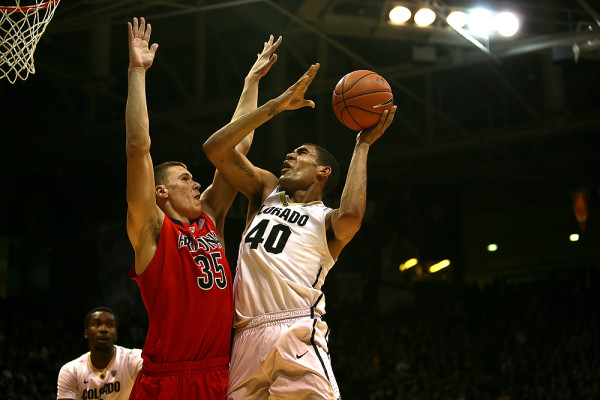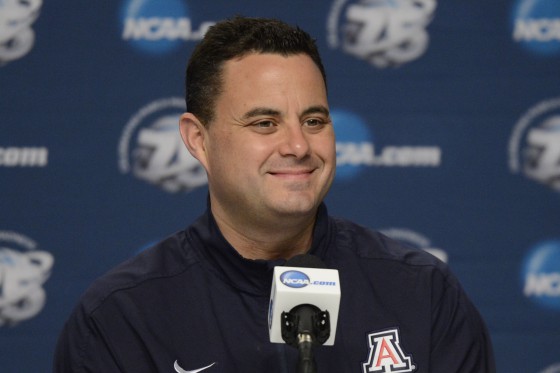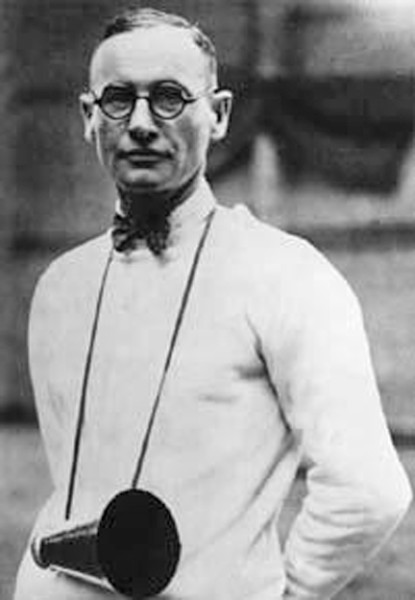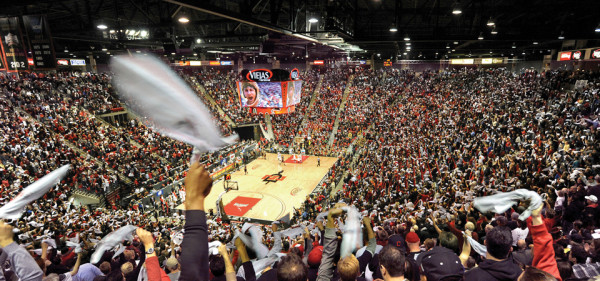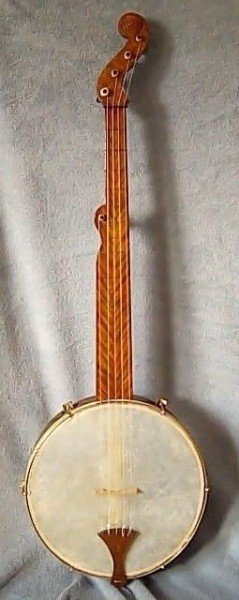Pac-12 Bubble and Bracket Breakdown
Posted by Andrew Murawa (@Amurawa) on February 17th, 2016We’re now less than four weeks from Selection Sunday and there are three weeks remaining in Pac-12 play. With 11 lof our 12-pack of teams currently ranked in the RPI top 100, now’s as good a time as any to review where all the conference teams stand and what they need to do between now and March 13 to make sure they hear Jim Nantz call out their names that afternoon. Let’s jump in.
The Leaders

Even Following A Lost Weekend By The Bay, The Ducks Are In Good NCAA Position (AP Photo/Chris Pietsch)
- Oregon (20-6, 9-4, RPI #4, KenPom #20) – What a difference a week makes. After backing up a road sweep of the Arizona schools with a confident home sweep of the mountain schools, the Ducks seemingly had command of the Pac-12 regular season race. But a trip to the Bay Area last weekend resulted in a pair of losses that have put the Ducks into a tie with Arizona atop the conference. With a collection of solid wins both in and out of conference play under its belt, Oregon is still the team that is best positioned for a happy outcome on Selection Sunday. The Bay Area meltdown probably removes any chance of a #1 seed, but the Ducks have a manageable schedule remaining (at home against Oregon State and the Washington schools before a tough final weekend trip to Los Angeles). Where things will really get tricky is when the conference tournament convenes in Las Vegas, because in a season full of parity, even the top seed is going to face a very capable and battle-tested team right out of the gates. Barring a disaster, the Ducks seem headed for Spokane in the opening weekend with a chance at a #2 or #3 seed out West.
- Arizona (21-5, 9-4, RPI #23, Ken Pom #16) – It’s been a challenging season in Tucson. After losing tons of experienced and early-entry talent from last year’s team, the Wildcats have dealt with injuries and growing pains from day one this year. But here we are at the turn into the backstretch of February and the ‘Cats are as healthy as they’re going to get and appear to be dialing into March. They’re never going to have the top-end ceiling of the last couple teams, but you can bet that Sean Miller is going to get the most out of his group. The first goal is a third consecutive Pac-12 regular season title, and they’ve got a slightly more difficult path ahead than the Ducks, with home games against Arizona State and then Cal and Stanford sandwiched around a roadie to the altitude schools. Their non-conference schedule didn’t provide them with many chances for high-value scalps, so wins over Gonzaga and USC are about the best resume-enhancers they have. But if they can do something crazy like only lose once more between this spot and Selection Sunday, they could sneak into the conversation for a #2 seed if things go haywire elsewhere. A #3 or #4 seed is more realistically within range, with geographical favoritism (Denver followed by Anaheim) a goal. That said, considering Arizona’s recent history in Anaheim, maybe the Wildcats would be better off with a change of scenery this March.
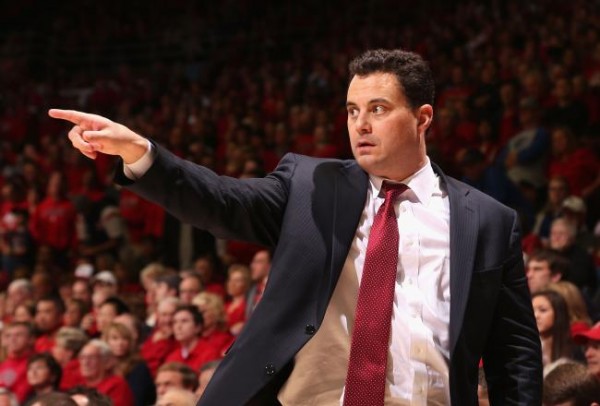
Sean Miller Is Again Tourney-Bound, But Maybe Not So Much On The Anaheim Thing? (Christian Peterson, Getty Images)
Playing For Position
- USC (18-7, 7-5, RPI #22, KenPom #27) – Losing at Arizona State is really not that terrible of a thing. Bobby Hurley has a good squad that has experienced some bad luck, and Wells Fargo Arena is on the upswing as a home venue. But the worst part of losing at Arizona State is then having to visit Arizona following that loss. The Trojans played better against the Wildcats (at least for stretches), but still came away with an 0-2 road trip, putting them a game and a half back of the leaders in the conference race. The bad news for Andy Enfield’s team is that its remaining schedule is brutal. They get four home games but each of those (Colorado, Utah, Oregon State, Oregon) are losable, while the road trip to the Bay Area will be very difficult too. Still, barring a complete collapse, the Trojans will be dancing. With quality non-conference wins over Monmouth, Yale and a short-handed Wichita State club, coupled with a home win over Arizona, USC has a nice resume and a chance to add to it down the stretch. An optimistic scenario is something like a 4-2 finish, a run to the title game in Las Vegas and a seed in the #4-#6 range. If the wheels completely fall off in the next few weeks, however, the Trojans could drop down the bracket and give a high-seed a nightmare game in the first and second round.
- Utah (18-7, 8-5, RPI #16, KenPom #40) – The Utes sit just a game back of the conference leaders but their final two road games of the season at the Los Angeles schools this weekend will tell us a lot about how they are regarded on Selection Sunday. Three wins against the RPI top 25 and six against the RPI top 50 mean the Utes are already golden with chances against highly-ranked teams like USC, Arizona and Colorado still remaining, Utah (along with its traveling partner, Colorado) has a great opportunity to jump up the seed lines with a few more victories. Right now something in the #6 or #7 range seems most likely, but a strong finish could push them up to the #4 line with a potential opening weekend in Denver.
- Colorado (18-7, 8-5, RPI #25, KenPom #63) – While the Buffaloes sport the same record as their conference-mandated rival, there’s definitely not the same quality of meat on their bones. Their best non-conference win is over a BYU team that will likely be on the outside looking in although wins over Oregon and Cal will pay dividends. Right now, the Buffs are somewhere in the #7-#9 seed range with a chance for a big finish. Of more importance to the team’s overall chances, however, is the concern over Josh Scott’s ankle injury. If Colorado is going to score quality wins down the stretch over teams like USC, Arizona and Utah, it will need the senior big man in action.
- California (17-8, 7-5, RPI #24, KenPom #32) – Let’s start by breaking down that 7-5 conference record a bit. The Golden Bears’ seven wins have all come in Haas Pavilion, while their five losses have all come on the road. Their sole win this season outside of Berkeley came at Wyoming (#178 in KenPom) in overtime. Now, none of that is necessarily a seed killer, but the Bears have four road games remaining. If form holds and Cal can’t get its act together at the Washington schools or the Arizona schools, they will have issues in terms of placement. Still, this team is going to be dancing and if it can pick up even just the low-hanging fruit on the remaining road schedule, the Bears are primed for a good seed on the basis of four win against the RPI top 25 with cracks at USC and Arizona still ahead. Currently they’re somewhere in the neighborhood of a #6-#8 seed, a spot at which they can give some opposing high seeds serious problems.
Bubblicious
- Washington (15-10, 7-6, RPI #61, KenPom #69) – The Huskies have lost three straight and five of their last seven games. Those numbers hurt. Dig a little deeper, though, and you find a home loss in overtime to Utah, a road loss to USC, a five-point home loss to Arizona, an eight-point road loss to Utah and a one-point road loss to Colorado — five losses to top 25 RPI teams by an average of less than six points. Still, unless the young pups can string together several wins to close out the season, those justifications may never even get on the committee’s radar. If Washington just wins their three remaining home games (Cal, Stanford, Washington State), they will be at 10-8 in the conference. At that point, they’d probably need to avoid an opening round Pac-12 Tournament loss, but they’d probably still be on the right side of the bubble, even if it meant a trip to Dayton.
- Oregon State (14-9, 6-7, RPI #38, KenPom #70) – The Beavers are a game under .500 in conference play and they’ve got one more road game than home game remaining. That’s fine, though, because any equation that earns this program its first NCAA invitation since 1990 involves getting a road win at either Oregon or USC while taking care of business in Gill Coliseum against the Washington schools. That would put the Beavs at .500 in conference play and would give them a chance to add another scalp to what is already five wins over top 25 RPI teams. Do that and Oregon State dances. Anything less and it gets hairier, but wins over Oregon, Cal, USC, Utah and Colorado (not to mention another good one against Tulsa) will give this team a chance.
- UCLA (14-11, 5-7, RPI #68, KenPom #54) – Don’t bury the Bruins just yet. Wins over Kentucky and Arizona show that they can play with the best, but losses to teams like Wake Forest and Washington State may be their eventual undoing. For Steve Alford’s squad to have a prayer on Selection Sunday, they’ve got to get back to .500 in conference play. Not only does that number just look a lot better, but it would also mean that UCLA added some quality wins to its resume with home games against Utah, Colorado, Oregon and Oregon State to come coupled with a road trip to the Bay Area. The bad news is that the only times the Bruins have won four times in six games was when their opponents included teams like Pepperdine, Cal State-Northridge and McNeese State. Odds are good that UCLA is NIT bound, at best.
I Need A Miracle
- Stanford (11-11, 5-7, RPI #75, KenPom #110)
- Arizona State (14-12, 4-9, RPI #82, KenPom #77)
- Washington State (8-16, 1-12, RPI #188, KenPom #164)





























